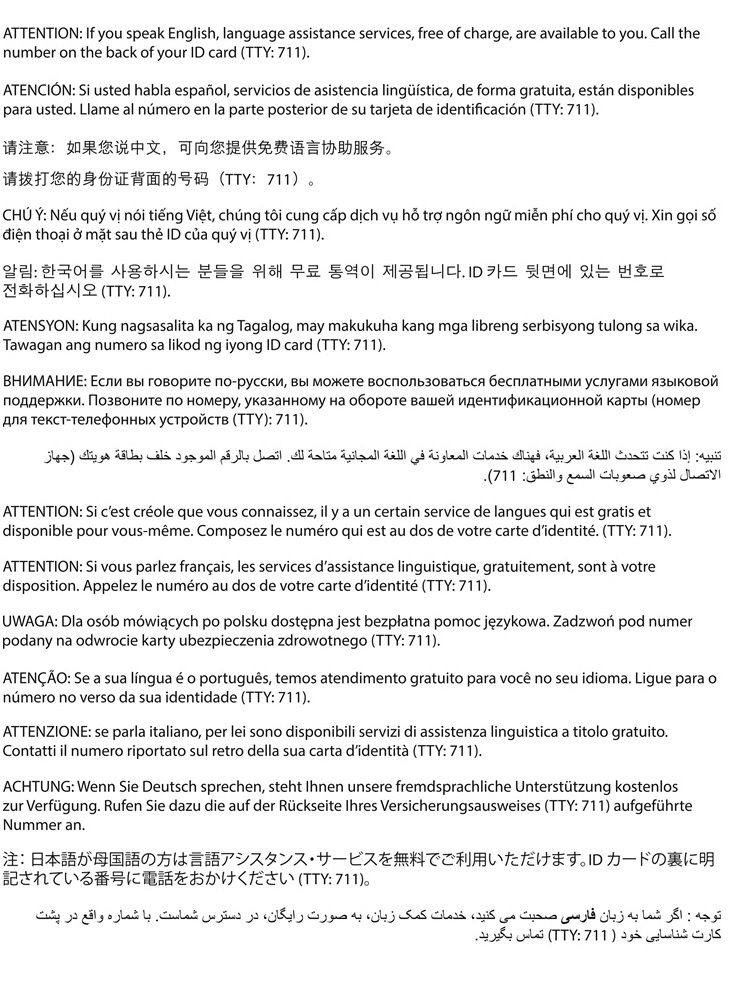This policy version was replaced July 4, 2022. To find the newest version, go to https://www.bluecrossmn.com/providers/medical-policy-and-utilization-management, read and accept the Blue Cross Medical Policy Statement, then select “Blue Cross and Blue Shield of Minnesota Medical Policies.” This will bring up the Medical Policy search screen. Enter the policy number without the version number (last 3 digits).
NOTE: THIS POLICY APPLIES TO MEMBERS WHO ARE ENROLLED IN BLUE ADVANTAGE FAMILIES AND CHILDREN (FORMERLY KNOWN AS PREPAID MEDICAL ASSISTANCE PROGRAM (PMAP) MINNESOTACARE, SECURE BLUE (MSHO), AND MINNESOTA SENIOR CARE PLUS (MSC+) PROGRAMS ONLY.
Magnetic resonance imaging (MRI) of the breast is an important tool for detection of breast cancer. MRI of the breast is performed using scanners and intravenous imaging contrast agents, together with specialized breast coils. This policy addresses the use of breast MRI as a screening tool in specific higher risk subgroups of patients and for diagnostic uses in the detection and treatment of breast cancer as well as to assess the integrity of silicone breast implants.
Definitions
High Risk of Breast Cancer
There is no standardized method for determining a woman’s risk of breast cancer that incorporates all possible risk factors. There are validated risk prediction models, but they are based primarily on family history.
Some known individual risk factors confer a high risk by themselves. The following list includes factors known to indicate a high risk of breast cancer:
A number of other factors may increase the risk of breast cancer but do not by themselves indicate high risk. It is possible that combinations of these factors may be indicative of high risk, but it is not possible to give quantitative estimates of risk. As a result, it may be necessary to individualize the estimate of risk taking into account numerous risk factors. A number of risk factors, not individually indicating high risk, are included in the National Cancer Institute Breast Cancer Risk Assessment Tool, also called the Gail model. Risk factors in the model can be accessed online (http://www.cancer.gov/bcrisktool/Default.aspx). Other commonly cited risk models that are largely defined by family history include the Claus, Tyrer-Cuzick, and BRCAPRO (BRCA “probability”) models.
Family history for the purpose of this policy is someone who is related by blood from the same side of the family.
NOTE: THIS POLICY APPLIES TO MEMBERS WHO ARE ENROLLED IN BLUE ADVANTAGE FAMILIES AND CHILDREN (FORMERLY KNOWN AS PREPAID MEDICAL ASSISTANCE PROGRAM (PMAP) MINNESOTACARE, SECURE BLUE (MSHO), AND MINNESOTA SENIOR CARE PLUS (MSC+) PROGRAMS ONLY.
I. Screening Uses
MRI of the breast may be considered MEDICALLY NECESSARY AND APPROPRIATE for screening on an annual basis if ONE of the following criteria is met indicating high risk:
OR
OR
II. Diagnostic or Detection Uses
MRI of the breast may be considered MEDICALLY NECESSARY AND APPROPRIATE for patients with a diagnosis of breast cancer when ONE of the following criteria are met:
III. MRI of the breast is considered EXPERIMENTAL/INVESTIGATIVE for all other indications due to the lack of evidence demonstrating an impact on improved health outcomes including but not limited to:
Documentation Submission
Documentation supporting the medical necessity criteria described in the policy must be included in the prior authorization, when prior authorization is required. The following clinical notes must be submitted:
For Screening Purposes:
For Diagnostic or Detection Purposes:
Link to Minnesota Government Programs Pre-Authorization Form: https://www.bluecrossmn.com/sites/default/files/DAM/2021-12/BCBSMN-Pre-Auth-Request-fillable-X18509R07.pdf
No additional statements.
Blue Cross and Blue Shield of Minnesota medical policies apply generally to all Blue Cross and Blue Plus plans and products. Benefit plans vary in coverage and some plans may not provide coverage for certain services addressed in the medical policies. When determining coverage, reference the member’s specific benefit plan, including exclusions and limitations.
Medicaid products may provide different coverage for certain services, which may be addressed in different policies. For Minnesota Health Care Program (MHCP) policies, please consult the MHCP Provider Manual website.
Medicare products may provide different coverage for certain services, which may be addressed in different policies. For Medicare National Coverage Determinations (NCD), Local Coverage Determinations (LCD), and/or Local Coverage Articles, please consult CMS, National Government Services, or CGS websites.
Note that services with specific coverage criteria may be reviewed retrospectively to determine if criteria are being met. Retrospective denial of claims may result if criteria are not met.
Blue Cross and Blue Shield of Minnesota reserves the right to revise, update and/or add to its medical policies at any time without notice. Codes listed on this policy are included for informational purposes only and are subject to change without notice. Inclusion or exclusion of a code does not constitute or imply member coverage or provider reimbursement.
These guidelines are the proprietary information of Blue Cross and Blue Shield of Minnesota. Any sale, copying or dissemination of the medical policies is prohibited; however, limited copying of medical policies is permitted for individual use.
Acknowledgements:
CPT® codes copyright American Medical Association® 2022. All rights reserved.
CDT codes copyright American Dental Association® 2022. All rights reserved.
